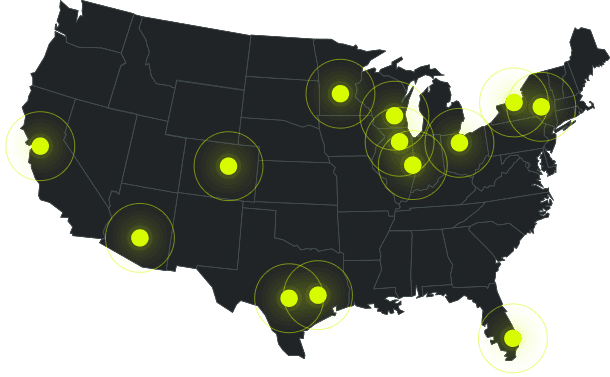3D Printing vs CNC Machining
The question to ask when considering 3D Printing vs CNC Machining is: “What will my parts be used for?” As these are two different processes, the products they produce must be considered completely different beasts as well. 3D Printing is an additive process whereas CNC machining (or milling) is a subtractive process. Sure there are pros and cons for each process, but ultimately, what is it you want your plastic part to do or accomplish? After examining the products of both processes a little closer, your choice should be much clearer. This is about the products themselves, mainly, not necessarily the processes.
CNC Machining: The CNC Machining process utilizes a router on a multiple-axis arm to remove material from solid blocks of extruded or compression molded thermoplastic resin; wood, metal, or other millable material. Machining is a tried and true process and has been around for quite some time and there is virtually no limit to the size of a machined product. So, if your desire is to have a 1:1 ratio plastic replica of the Statue of David, it can be done.
If you are looking to test functioning prototypes, CNC Machining is the way to go. Because there is a wider range of materials for the CNC resin blocks, the desired material properties can be present in your selected material for CNC milled parts. The homogenous properties of the solid blocks would be that of the plastics used in injection molded parts and would have these same material properties: biocompatibility, impact resistance, heat deflection, tensile strength, chemical resistance, and even for some materials transparency or opacity.
3D Printing: Using a hot plastic extruder to add layer upon layer of melted plastic (or “printing”) is the additive process known as 3D printing. This process finished product has its own unique characteristics that can usually be recognized immediately since the printer is extruding the material layer by layer, most times these layers can be seen or felt by touching the part when its cooled after completion.
An advantage with 3D printing is that the extruder can be loaded with different colors of plastic, but the range of plastic materials that can be used is fairly limited and it can be time consuming to print one part at a time. There are also size limitations and the aforementioned materials limitations. Additionally, since these pieces are made with layered materials, the molecular bond isn’t exactly the same, therefore weaker, as opposed to a solid piece that was extruded and cooled at the same time as is with a CNC piece. Prototype testing for form, fit and function cannot necessarily be done with all 3D printed designs either. 3D printing technology is advancing and could possibly catch up to CNC manufacturing in speed and quality, but not for a while or perhaps ever.
Is this a case of apples versus oranges? Not necessarily, since the apples are milled from a single piece and the oranges are layered extrusions. It would seem it just depends upon what you need. While ICOMold does not offer 3D printing at this time, we hope this article will assist you in determining whether your project is more suited for CNC Machining or 3D Printing.
















